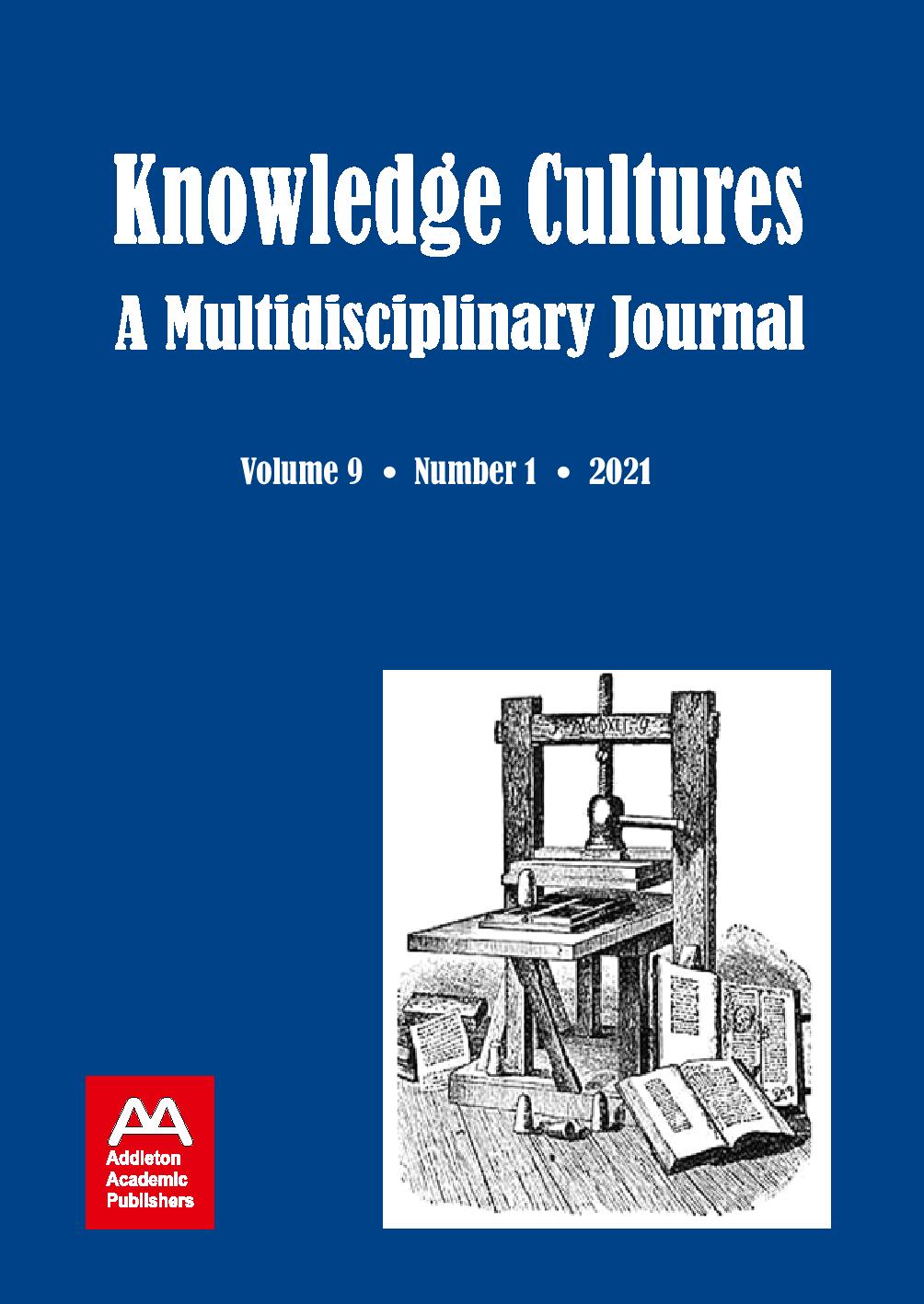Ethics or Bias? Conceptual Confusion and Exclusion in Professional Ethics Classrooms
Ethics or Bias? Conceptual Confusion and Exclusion in Professional Ethics Classrooms
Author(s): James BigariSubject(s): Ethics / Practical Philosophy, School education
Published by: Addleton Academic Publishers
Keywords: professional ethics; bias; teacher education; diversity; inclusion; conceptual analysis;
Summary/Abstract: The call for a critique of systems of ethics that carry hidden institutional biases is timely, given recent demands from trans- and Indigenous communities for greater inclusion and self-reflexivity from post-secondary institutions. However, investigation of this issue is hindered by conceptual ambiguities. This paper will employ conceptual analysis in order to clarify a primary point of confusion that stems from the fact that both ethics and bias share several fundamental conceptual characteristics. A conceptual analysis will show that the exclusionary function of these two concepts is partially differentiated through the concept of justification – where exclusion based upon a system of ethics is considered justified, while exclusion based on bias is considered unjustified. I will argue that conceptual confusion regarding different understandings of bias can lead some students to see exclusion based on an ethical code as justified or unjustified (i.e., bias), depending upon the degree to which their personal moral framework coheres or conflicts with a given system of ethics. Citing examples from my experience teaching professional ethics, I will outline the negative implications of this conceptual confusion and offer methods instructors can employ to mitigate them.
Journal: Knowledge Cultures
- Issue Year: 9/2021
- Issue No: 1
- Page Range: 7-20
- Page Count: 14
- Language: English
- Content File-PDF

